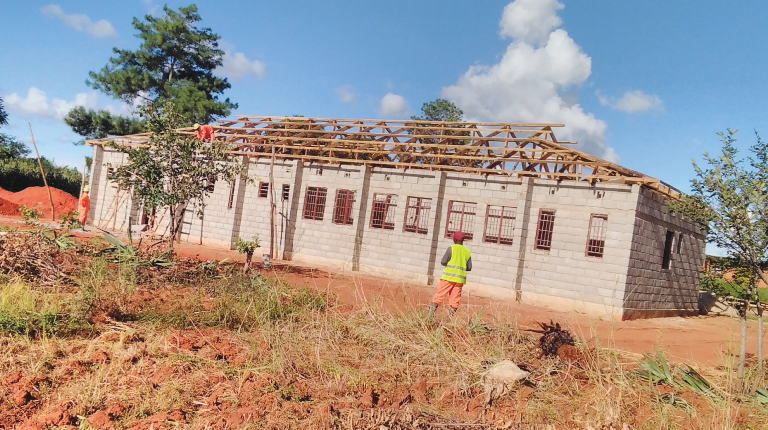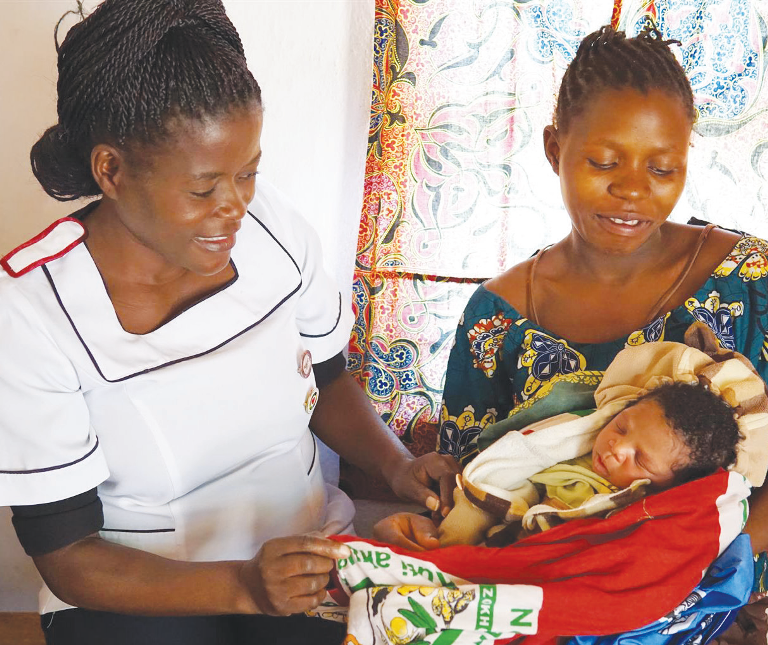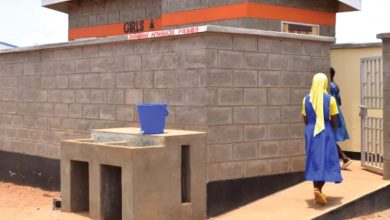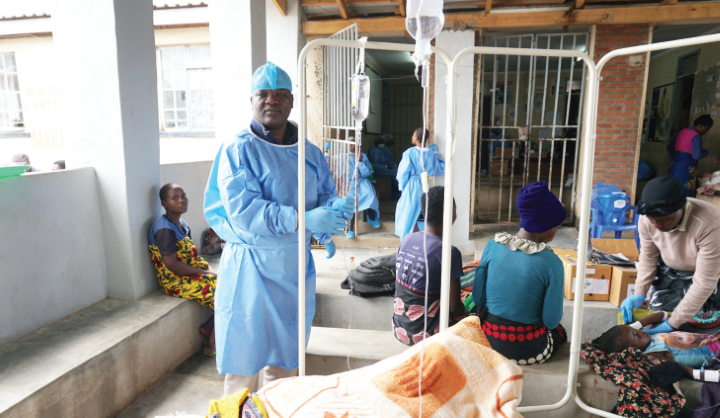Gesd bridges maternal health gaps
Ten month ago, Loyce Shaba perilously delivered a baby boy at home with the help of unskilled neighbours.
The 33-year-old mother named him Misheck after a biblical character who miraculously emerged from a lion’s den alive.

“It was a matter of life and death. I was saved by God,” she explains.
The child born last June is one of many born outside a healthcare facility as required by the Ministry of Health.
This contradicts the national maternal health policy of 2007 which requires every child to be born in a clinical setting with the help of a skilled attendant. The policy has given rise to community by-laws that ban home-based deliveries.
But Shaba states: “I delivered at home because I had no money for transport and stay at Embangweni Mission Hospital.”
The remote setting in the vastness of district personifies the plight of the country’s rural majority who has to do with overwhelmed health facilities that are far between.

The mother of four lives in Simpotwani Village, Traditional Authority (T/A) Mzukuzuku, where a motorcycle trip to hospital costs almost K2 000. This is enough to buy two meals for the family.
Pregnant women pay extra costs for hospital trips, stays and medical care because of lack of a maternity ward and skilled birth attendants at Vibangalala Dispensary in the vicinity.
The women from the areas ofT/A Mzukuzuku, Mzikubola and Inkosi ya Makosi M’ mbelwa travel over 20 kilometres to Embangweni to ensure no life is lost while giving birth.
Those who cannot afford to hitch a ride endure long walks via bushy shortcuts while experiencing labour pains. Some deliver on the way, locals say.
Many take the deadly risk of delivering in their homes with the assistance of unskilled hands.
The understaffed, ill equipped healthcare facilities contradict national progress in the global agenda to ensure everyone gets health services they need without enduring financial costs and any hardship.
Shaba feels lucky to have delivered without complications, but other women die at the hands of traditional birth attendants (TBAs).
“Many children and expectant women usually die after birth because they cannot afford transport to health facilities,” she says.
Malawi has one of the highest rates of pregnancy-related deaths globally.
According to the Malawi Demographic and Health Survey of 2015, the count hovers around 439 deaths for every 100 000 children born alive. Some 29 children in every 1 000 die shortly after birth, mostly due to suffocation.
M’mbelwa District Council is constructing a K60 million maternity wing and water supply system at Vibangalala to close the gap.
This is funded by the World Bank through the Governance Enable Service Delivery (Gesd) project.
Gesd is supporting the Government of Malawi to improve service delivery in local councils through the Ministry of Finance and the National Local Government Finance Committee in the Ministry of Local Government.
The project seeks to strengthen local authorities’ performance, responsiveness to citizens’ needs and management of resources for improved service delivery.
The facility taking shape in Vibangalala shows how services and resources are trickling to rural areas, where 84 percent of the population lives, according to the 2018 census.
Group village head Yakobe Soko thanks the council for coming to the rescue of women in Vibangalala and surrounding areas.
“Women have been yearning for a decent maternity wing as for many years they have been delivering dangerously. Many families couldn’t afford transport to Embangweni,” he observes.
Soko says maternal deaths in the area are common.
“Some women deliver on their way to Embangweni. Once completed, the maternity ward will reduce these preventable deaths of women and babies,” says the traditional leader.
The global Sustainable Development Goal (SDG) number three provides for universal health coverage and equitable access to healthcare services for all men and women.
It calls on governments and development partners to end preventable deaths of newborns, infants and children aged under five by 2030.
Eight years to the deadline, Luke Moyo, the lone medical assistant at Vibangalala is hopeful that the maternity wing will reduce maternal deaths and complications.
He says: “It’s sad that most women still stay home even after delivering at TBAs and seldom come for post-birth care.
“Between January and March this year, we registered three neonatal deaths. This is unhealthy for the mother and newborns.”
“With the maternity ward, most pregnant women will receive maternal services from trained and skilled staff.”
Dr Ted Bandawe, director of health and social services in Mzimba, says the maternity wings will alleviate the death of pregnant women and newborns that occurs due to delays to seek services from skilled health workers.
He laments that health services in the vast district are sparsely located, meaning pregnant women have to travel long distances to access basic services.
Bandawe further says: “Long distances between health facilities prompts some women to choose to deliver at home putting at risk their health and that of the newborn.”
He states: “These maternity wards will narrow the gap and reduce maternal and neonatal mortality.
“Last year alone, we had registered 22 maternal deaths. For this reason, we prioritised maternal and neonatal services.”





